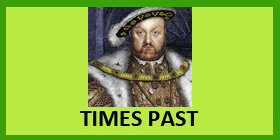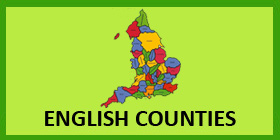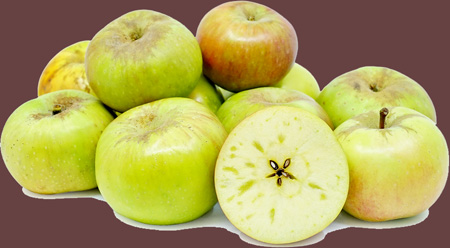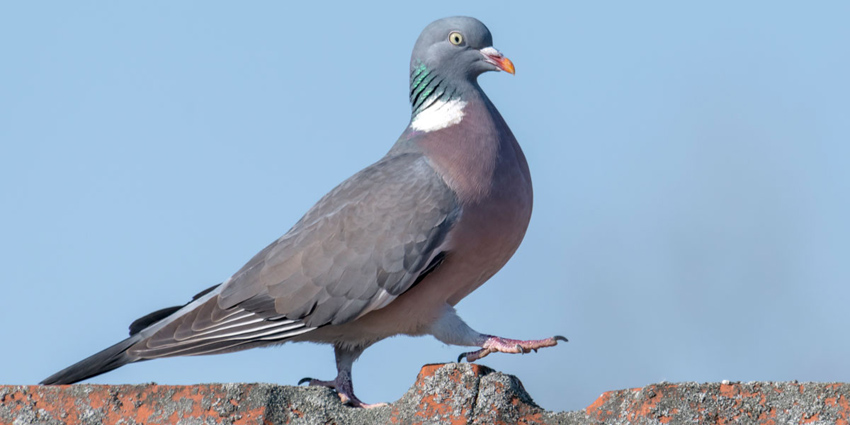




Back to the Nottinghamshire Page

- The Royal Connection
- Nottinghamshire Eats
- Owlbut's Birdwatch
- Nottinghamshire VIPs
 The first Nottingham Castle was
built in 1067 just after William the Conqueror had invaded England. As with so many Norman castles it was first built of wood but in 1070 a new stone structure
appeared. Well, it didn't just appear, it was built. The castle remained under the control of the monarch for the next years. When Richard I was off on his
crusades, his brother, John, tried to claim control of England and, in doing so, he took control of Nottingham Castle. When Richard returned in 1194 he reclaimed
the castle by laying siege to it.
The first Nottingham Castle was
built in 1067 just after William the Conqueror had invaded England. As with so many Norman castles it was first built of wood but in 1070 a new stone structure
appeared. Well, it didn't just appear, it was built. The castle remained under the control of the monarch for the next years. When Richard I was off on his
crusades, his brother, John, tried to claim control of England and, in doing so, he took control of Nottingham Castle. When Richard returned in 1194 he reclaimed
the castle by laying siege to it.
King Charles I raised his standard at the castle at the beginning of the Civil War but soon after he left Parliamentarian forces moved in and the
castle remained in their hands for the rest of the war. After the execution of the King in 1649 the original castle was destroyed and it was in 1679 that the
current building was constructed for the Duke of Newcastle. Although no longer with a royal connection the castle still had a part to play in English History.
The Duke of Newcastle was against the Reform Bill in 1831 which was designed to make voting in general elections much fairer. Rioters attacked his castle,
looted it and set it on fire. The Duke was given money to rebuild it, took the money and did nothing. In 1878 the Nottingham City Council took over ownership
and turned the castle into a museum and art gallery, which is what it is today.
![]() Back to the top
Back to the top
 In 1809 a young girl called Mary
Ann Brailsford planted some pips from the apple she had been eating in her garden. The pips grew into a tree but Mary left the house when she married and died in
1852 without ever knowing that she had produced one of the most famous apples in the world. The cottage where Mary had lived was eventually bought by a local
butcher in 1846. Ten years later a local nurseryman, called Henry Merryweather, asked the butcher if he could take some cuttings from the tree and sell the apples.
The butcher agreed but insisted that any apples should be called after him. The butcher's name was Matthew Bramley.
In 1809 a young girl called Mary
Ann Brailsford planted some pips from the apple she had been eating in her garden. The pips grew into a tree but Mary left the house when she married and died in
1852 without ever knowing that she had produced one of the most famous apples in the world. The cottage where Mary had lived was eventually bought by a local
butcher in 1846. Ten years later a local nurseryman, called Henry Merryweather, asked the butcher if he could take some cuttings from the tree and sell the apples.
The butcher agreed but insisted that any apples should be called after him. The butcher's name was Matthew Bramley.
Merryweather sold his first Bramley apple in 1862 and by 1876 the Bramley apple was highly commended at the Royal Horticultural Society's Fruit
Committee exhibition. In 1900 the original tree was knocked over in a storm but survived and is still bearing fruit nearly 200 years after it was planted.
The Bramley is a cooking apple rather than an eating apple. It is the most important cooking apple in England. It is used in pies and crumbles and
also, when cored and filled with dried fruit, baked in an oven and served with custard, a very traditional English dessert. The apples are also used to make a jelly.
The town of Sandwell, where the original cottage and tree were, holds a Bramley Apple Festival each October.
![]() Back to the top
Back to the top
The wood pigeon is the largest and most common pigeon in England. It can be seen in fields and woods and also in towns and cities.
They are most often seen in parks and gardens. It can be quite tame in the towns and cities. It has a very distinctive cooing call and, as it breaks into flight,
you can hear the load clatter of wings.
Wood pigeons like to eat crops like cabbages, sprouts and peas. They also eat seeds, nuts, berries and grain. Bit of a wide diet. They are largely grey
in colour with a white neck and white patches on their wings which you can see when they fly. Their legs are brown, pink and red and they have a medium length,
thin beak which is mainly orange.
Wood pigeons are about 40 cms in length, have a wingspan pf 80 cms and weigh around 500 grams. There are, wait for it, about 5 and a half million breeding
pairs in the United Kingdom.

Seven random people who were born in Nottinghamshire in the last 100 years:-
William Roche (Actor - Ken Barlow in Coronation Street), Jake Bugg (Singer). Rebecca Adlington (Swimmer and Olympic Gold Medallist), Pete Dalton also known as
Mistajam (DJ and Radio Presenter), Alice Levine (Radio and TV Presenter), Jay McGuiness (Pop Star and Strictly Winner) and Samantha Morton (Actor).
![]() Back to the top
Back to the top

